Feb. 20, 2023
Gi plumbing fittings are an essential component of many plumbing and piping systems, particularly those that require durability and resistance to corrosion. These fittings are made from Gi steel, which has been coated with a layer of zinc to protect against rust and other forms of corrosion. There are several different types of Gi fittings available, each designed to serve a particular purpose within a piping system.
Couplings are used to connect two pieces of pipe together. They come in various sizes and are used to join pipes of the same size or different sizes. Gi couplings have threaded ends that allow for easy installation, and they provide a tight and secure connection.
Elbows are used to change the direction of the flow of fluid in a piping system. They come in various angles, such as 45 degrees or 90 degrees, and are designed to fit specific pipe sizes. Gi elbows are commonly used in water and gas distribution systems.
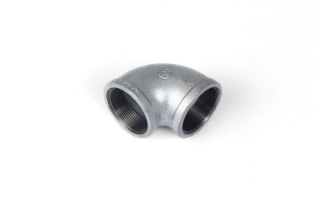
Tees are used to connect three pipes together. They come in various sizes and are used to branch off a main line. Gi tees have a threaded end that allows for easy installation, and they provide a tight and secure connection.
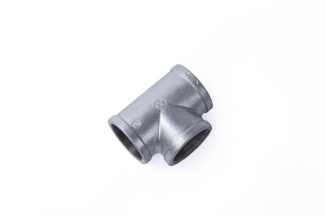
Gi Tees
Reducers are used to connect pipes of different sizes. They come in various sizes and are designed to fit specific pipe sizes. Gi reducers have threaded ends that allow for easy installation, and they provide a tight and secure connection.
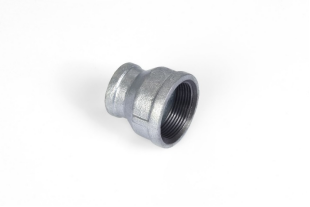
Gi Reducers
Caps are used to seal the end of a pipe. They come in various sizes and are used to cap off the end of a pipe that is not being used. Gi caps have a threaded end that allows for easy installation, and they provide a tight and secure connection.
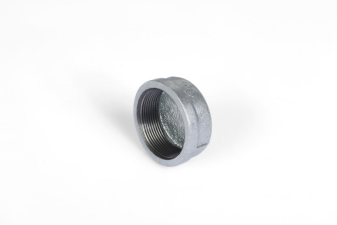
Gi Caps
Nipples are short pieces of pipe that are used to connect two fittings together. They come in various sizes and are used to extend the length of a fitting or to create a tight connection between two fittings. Gi nipples have threaded ends that allow for easy installation, and they provide a tight and secure connection.
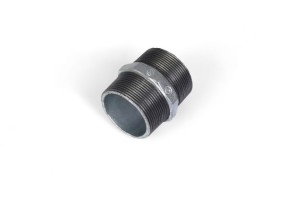
Gi Nipples
Galvanizing is a process that involves coating iron and steel with a protective layer of zinc to prevent corrosion. This process has been used for over a century and is still widely used today. There are several types of galvanizing, each with its own unique advantages and disadvantages.
Hot-dip galvanizing is the most common type of galvanizing. In this process, the steel is dipped into a bath of molten zinc, which creates a thick layer of zinc coating on the surface of the steel. This coating is highly resistant to corrosion and can last for decades, even in harsh environments.
Hot-dip galvanizing is best used for large structures, such as bridges, transmission towers, and buildings. It is also commonly used for smaller items such as nails, screws, and bolts.
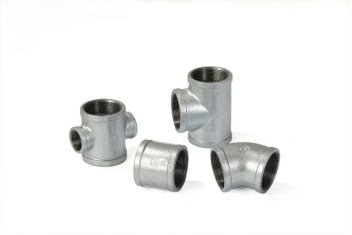
Hot-dip galvanizing fitting
Electro-galvanizing is a process where a thin layer of zinc is applied to the steel using an electric current. The steel is immersed in a bath of zinc electrolyte, and a direct current is applied to the steel and the zinc. This causes the zinc to bond to the surface of the steel.
Electro-galvanizing is best used for small and intricate parts, such as electronic components, automotive parts, and small hardware items. It provides a thinner coating of zinc than hot-dip galvanizing, but it also provides more precise control over the thickness of the coating.
Galvannealing is a process that combines galvanizing and annealing to create a product that is both highly corrosion-resistant and formable. In this process, the steel is first Gi and then annealed in a furnace. The heat of the furnace causes the zinc to diffuse into the steel, creating a zinc-iron alloy.
Galvannealing is best used for automotive body panels, appliances, and other items that require a smooth, flat surface that is easy to paint. The process produces a product that has excellent corrosion resistance, is easy to form, and has a consistent surface finish.
Sherardizing is a process where steel is coated with a layer of zinc by tumbling it in a mixture of zinc dust and powdered metal. The mixture is heated in a furnace, causing the zinc to bond to the surface of the steel.
Sherardizing is best used for small and complex parts, such as fasteners and springs. It provides a thicker layer of zinc than electro-galvanizing, but it is not as durable as hot-dip galvanizing.
In conclusion, galvanizing is a process that is used to protect steel and iron from corrosion. There are several types of galvanizing, each with its own unique advantages and disadvantages. Hot-dip galvanizing is the most common type and is best used for large structures, while electro-galvanizing is best used for small and intricate parts. Galvannealing is used for products that require a smooth, flat surface that is easy to paint, while Sherardizing is used for small and complex parts that require a thick layer of zinc.
JIANZHI Group provides two options of electro-galvanized and hot-dip galvanized malleable pipe fittings. Welcome to consult with you. You are also welcome to click the link below to enter the YouTube channel and watch more content about malleable pipe fittings.
https://www.youtube.com/@pipefittings/featured
SAFER
PRODUCT INFO
ABOUT JIANZHI
TECH DATA
Contact Us
E-mail: sales1@jianzhi-fitting.com
Tel: +86 18698027872
Office In Tianjin:
Heping District, Tianjin, China.
Production Base 1:
Chifeng, Inner Mongolia, China.
Production Base 2:
Tangshan City, Hebei Province, China.
Production Base 3:
Schelei Street,Baicoi City,Prahova County,Romania
Service email: info.ro@jianzhi-fitting.com
Sales email: market.ro@jianzhi-fitting.com
Tel: +40(755)011 849
